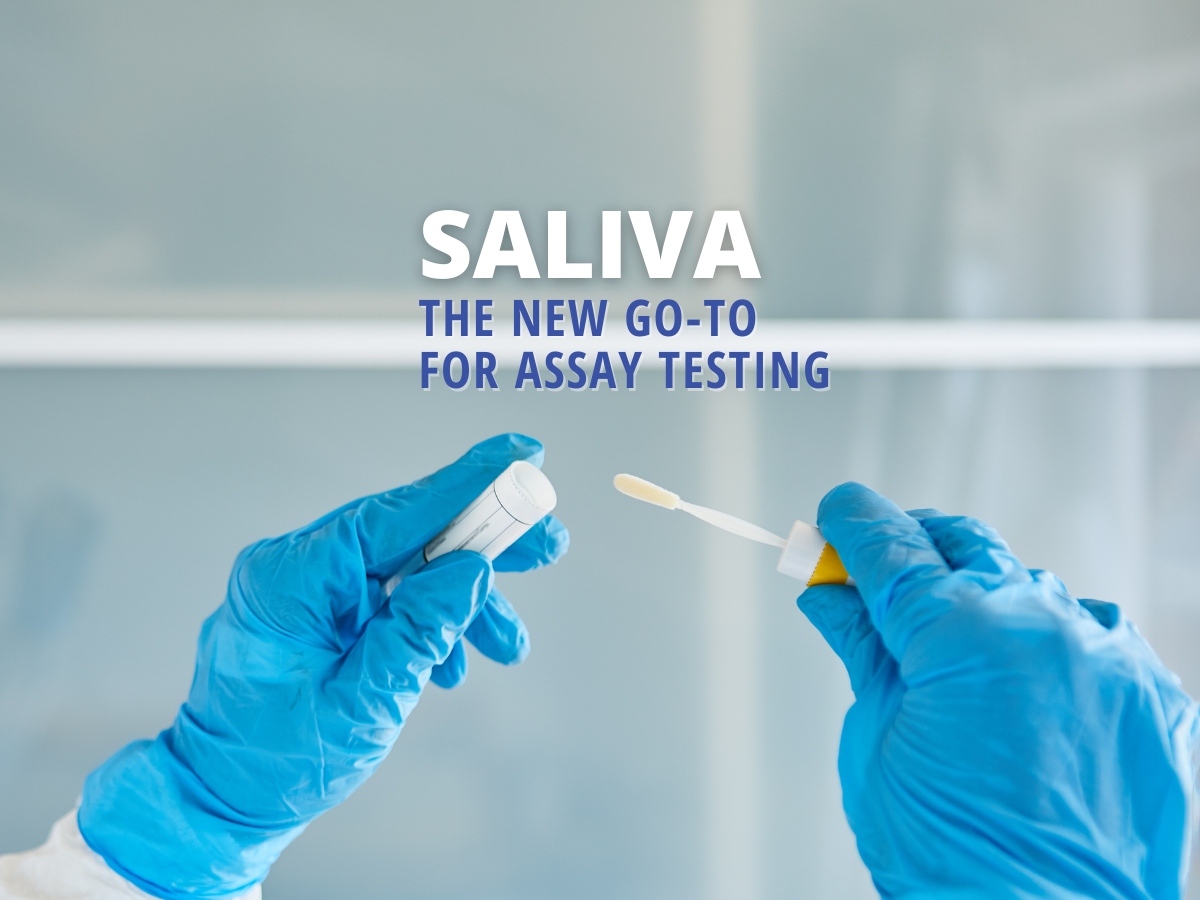While saliva-based assay testing isn’t new to the lab industry, the recent Covid-19 pandemic has led to a push in making its use more widespread. With an influx in patients requiring a quick, reliable, and readily available testing option, saliva provides a more convenient medium for testing. In fact, the FDA has issued 30+ Emergency Use Authorizations (EUAs) for saliva-based Covid tests and recent studies have shown them to be just as effective as the nasopharyngeal swabs used in both PCR tests and rapid antigen tests.
Saliva has previously been studied as an alternative means to detecting heart disease, HPV-related cancers of the head and neck, lung cancer, and breast cancer. It can also be used in a more broad sense, to help monitor treatment efficacy, detect the reoccurrence of diseases, and to stratify patient risk for disease. There has even been an application submitted for a saliva-based pregnancy test.
Much research has been done in the area of saliva-based testing for HPV. Researchers theorize that because the DNA for head and neck cancers related to HPV shed directly into saliva, testing could be done directly at the source of the viral infection in the mouth versus through a blood draw. Research in this area is ongoing.
Some companies aim to utilize saliva-based testing for high throughput testing to allow labs to quickly scale testing in response to fluctuations in testing volume. The recent pandemic has led to the need for large scale testing (such as in schools, hospitals, professional sporting events, large companies, etc.
It is important for laboratories to exercise caution when using saliva-based tests. Manufacturers will indicate the testing parameters for bodily fluids that have been approved for their products. Validation of these tests can be an issue if they are used off label. Proper clinical validation is critical for both accuracy and precision of the testing. One of the major concerns for saliva-based testing is viscosity of the sample. If the medium is too thick to run through the testing equipment, it is important that anything added to the sample in response to the matrix interference does not affect the analysis and lead to skewed results.
There are many benefits to saliva-based testing, both on an individual and a community-wide basis. Saliva is easy to collect, easy to handle, and easy to store by laboratories. Sample collection is minimally invasive and provides a convenient alternative to other common specimen collection techniques (blood draws, nasal and nasopharyngeal swabs). On a larger scale, these tests allow access to testing in low resource areas and can help decrease healthcare costs. These tests also drive precision healthcare and provide equitable healthcare options in low income, remote, and rural areas of the country.
*Information presented in this blog is for educational purposes only and does not represent the clinical practices nor availability of testing of Genesis Reference Labs.
References:
https://www.labmedica.com/covid-19/articles/294792111/index.php
https://www.aacc.org/cln/articles/2022/janfeb/saliva-in-the-spotlight

